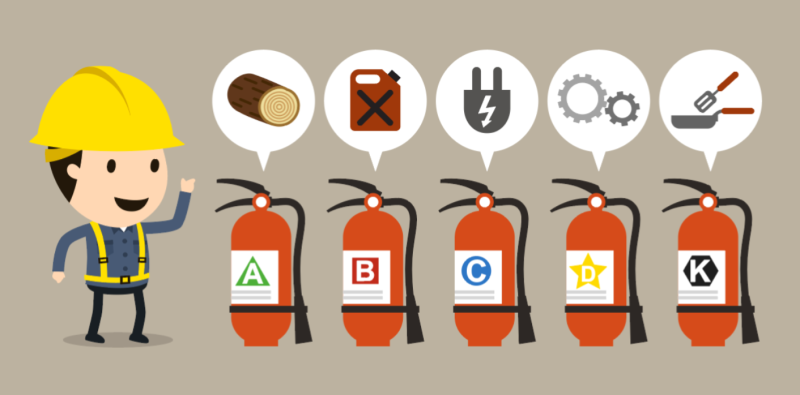Understanding the five different classes of fire is crucial for effective fire prevention and safety measures.
Class A Fires (ordinary combustibles) – Involve wood, cloth, paper, rubber, and plastics which can be extinguished using water, foam from a class A fire extinguisher, dry chemical powder, or gaseous suppression systems.
Class B Fires (flammable liquids and gases) – These types of fires are fueled by flammable liquids and gases such as gasoline and solvents, and require foam from a class B fire extinguisher, dry chemical powder, or gaseous suppression for extinguishment.
Class C Fires (electrical) – These fires are fueled by flammable liquids and gases such as gasoline and solvents and require a class C fire extinguisher, dry chemical powder, or gaseous suppression for extinguishment.
Class D Fires (combustible metals) – Involve magnesium, titanium, zirconium, sodium, lithium, and potassium. These fires require dry powder agents and can be extinguished by using a class D fire extinguisher.
Class K Fires (grease/cooking) – Involve cooking oils, fats, and grease. These fires require wet chemical agents and can be extinguished by using a Class K fire extinguisher.
By familiarizing yourself with these classes and their corresponding extinguishing techniques, you can create a safer environment for yourself and those around you!
For more information on these five classes of fires or the corresponding extinguishing methods that can stop them, please visit the National Fire Protection Association (NFPA) by following this link: https://www.nfpa.org/news-blogs-and-articles/blogs/2023/08/01/fire-extinguisher-types

